Most people now recognise the need to save energy, but how much attention do you pay to the amount of water you waste?
Unless you have a water meter, chances are that you don’t make saving water a priority. After all, Britain is a pretty rainy place at the best of times – so why would we need to conserve water?
While most of us know that water is a precious resource in many countries, we tend to take its availability for granted in the UK. Turn on the tap and it’s there and, unlike other essential services like gas and electricity, most of us don’t pay more even if we use ten times more water than the people next door.
But all that could change as part of a plan to make us think more about the water we waste. Government experts are talking about the need for widespread water metering with incentives for those who reduce their water use.
So how come water shortages can affect us, when we so much rain? Well, it is estimated that within five days of falling as rain, most of the water is back in the sea because of problems such as storage and poor drainage.
And we already have areas where water demand sometimes outstrips supply, particularly in the south east.
At the moment, although we use a lot of domestic water, this is offset by low water use in agriculture and industry thanks to heavy rainfall. But in future, climate change could make a radical difference, causing more frequent droughts throughout the country.
A government report says we must start managing our water more sustainably now and that means major changes in how we all use it.
Its key recommendendations include setting household water efficiency targets for water companies and compulsory metering throughout water stressed areas.
So, if you regularly leave the shower running for five minutes while you’re dressing or undressing or continually run the tap while washing vegetables, now would be an excellent time to start thinking about how much precious water you’re wasting.
And if you need any incentive, check out this vido about a town in the USA where running water is only available for a short time each day.
Susan

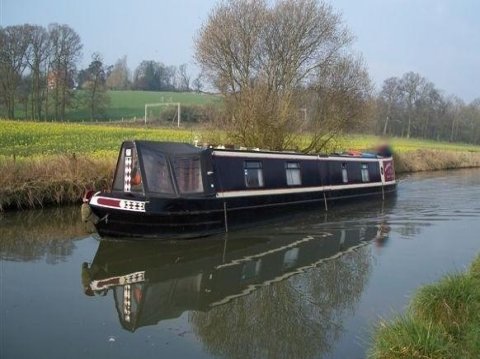
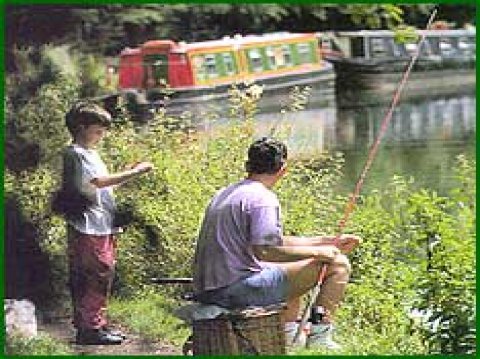




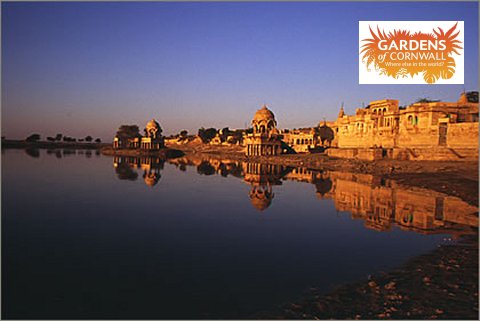
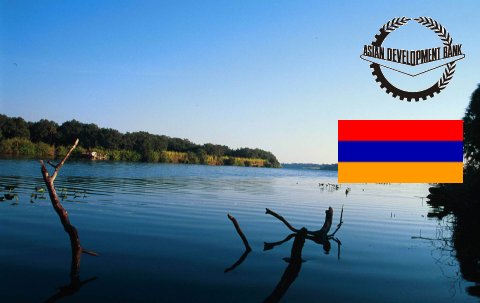
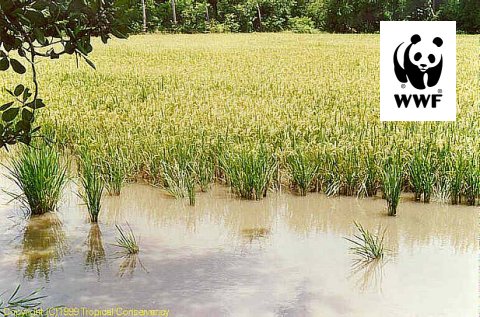

Recent Comments